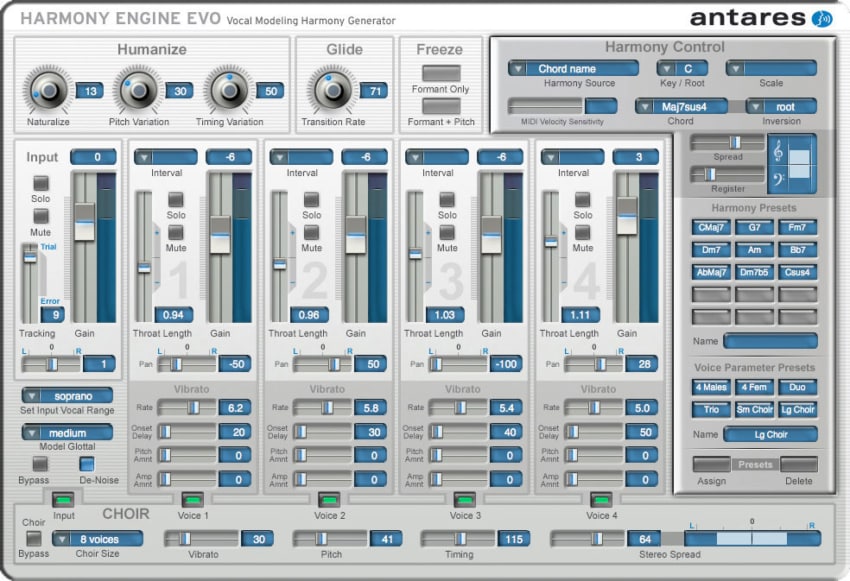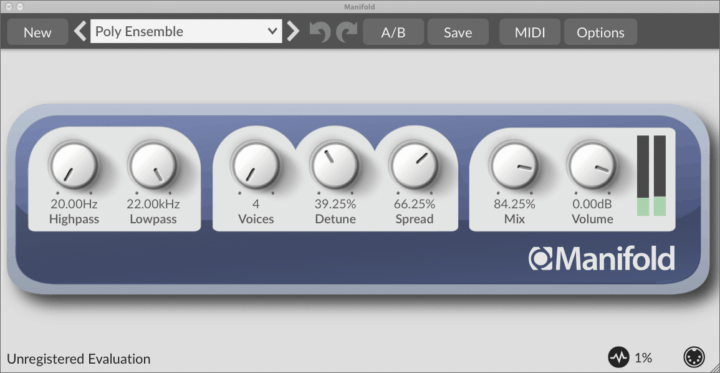

In use you get Smoothing, Tenseness, Const Pos and Const Amt controls which can alter the sound quite considerably – although we’re not entirely sure how. It emulates the glotis and shape of the vocal tract to mimic parts of the human voice. On the face of it, this is a simple plug-in but we’re betting much thought has gone into it. There are EQ controls too and even a simple ‘2-knob’ version if having seven knobs baffles you. You only get a few knobs to play with, but the idea is you boost and compress until you find the right level and quality.
#Harmonizer app for mac windows#
Yes we know it’s another 32-bit Windows VST but the difference here is that this plug-in is a plug for a paid for version (that is 64-bit and will run on a Mac) which at the time of writing is just $15! Vocal King is essentially a smoothing preamp and compressor plug-in, designed to ‘bring out the presence and clarity in vocals’. But for older systems and wobbly voices, this is a good option.


The GUI is looking a little dated and sadly it looks like development stopped a while back, so we probably won’t be getting 64-bit any time soon. In fact it does step a little on a vocoder’s toes with some effects that you can achieve, pushing the results in that robotic direction, although not as far as some of the other pitch correction plug-ins here, and subtle pitch-correction is most definitely what Kerovee is aiming for (in the main). Like MAutoPitch, Kerovee is a pitch correction processor and, like Melda’s, it comes packed with enough features to take it beyond just automatic tuning and into more creative territories. There’s also a useful EQ section so you can really push the right frequencies, and if that’s not enough, there’s even an 8-voice synth thrown in for good measure. What’s really good about it is the simple layout and it is very easy to use with audio files. Vocov employs two different engines: an FFT-based digital engine or a filter bank analogue version.
#Harmonizer app for mac for free#
And now you can get the effect for free with this digital/analogue hybrid VST.īoth carrier and modulator components are used to create the effect using an input signal like the human voice. The history of the vocoder goes back nearly 100 years and all sorts of gear, both hard and soft, has been used to create the classic robot voice effect used so well by Kraftwerk, ELO and many more.


 0 kommentar(er)
0 kommentar(er)
